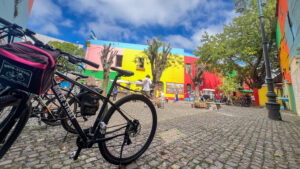
Discover La Boca: Buenos Aires’ Most Colorful Neighborhood
Explore La Boca’s vibrant streets, tango culture, and famous landmarks like Caminito and La Bombonera. Visit safely with our tips for a memorable experience.
Are you planning a trip to Buenos Aires? Already in the city with no plans? In any case, here at Biker Street, we recommend 13 things to do in Buenos Aires so that you don’t miss a thing.
(By the way, we do not have commercial agreements of any kind with any of the private or public undertakings mentioned in this blog. Everything we suggest is mentioned here just because we love it, we are simply locals recommending things we like to do ourselves.)
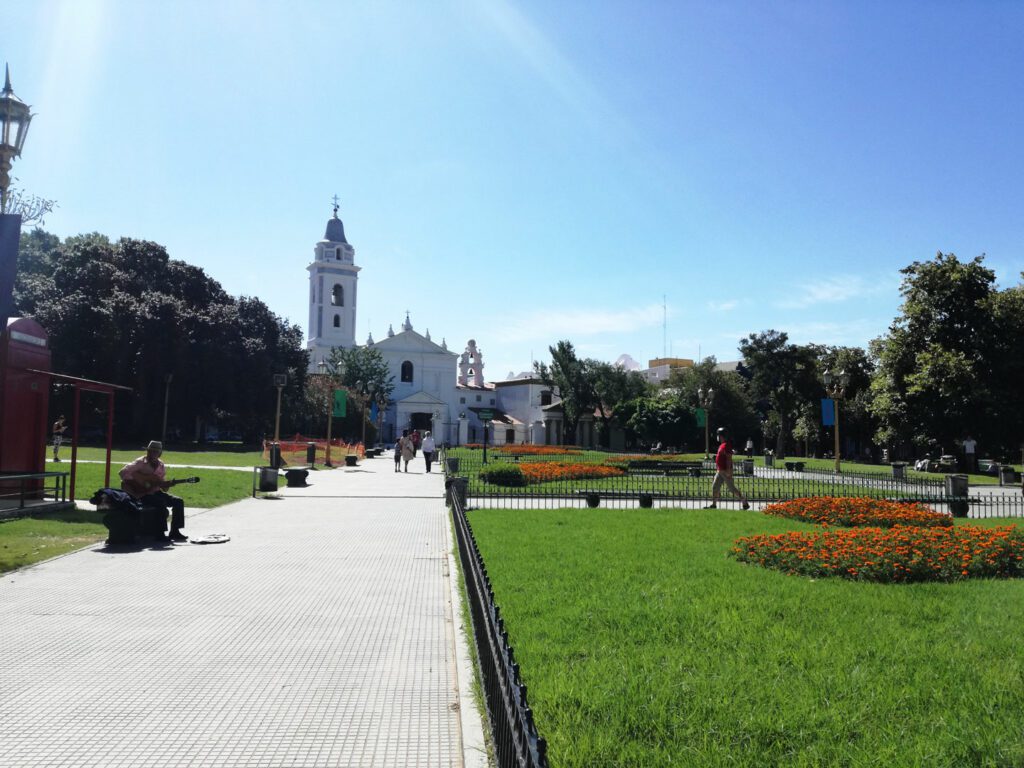
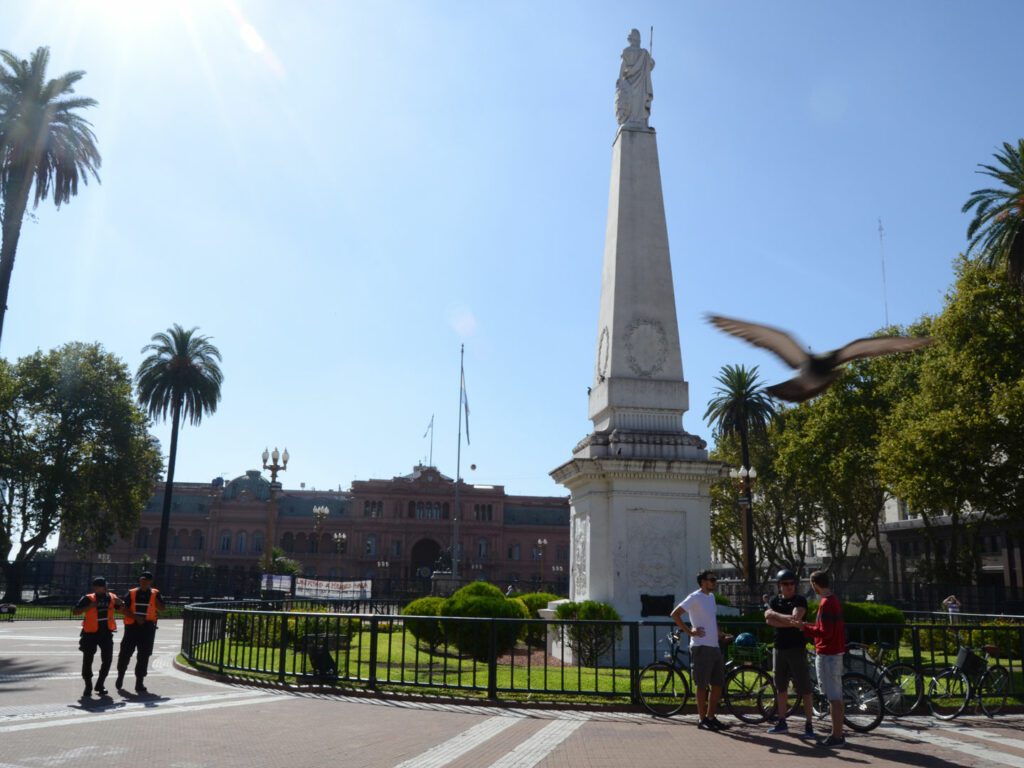

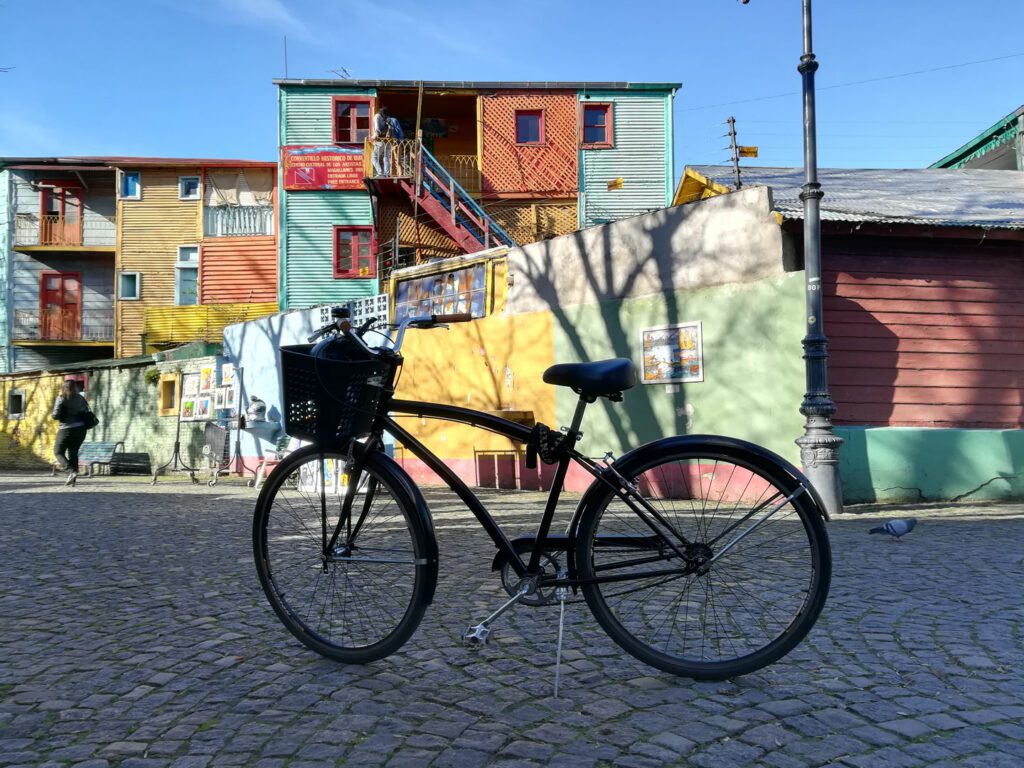
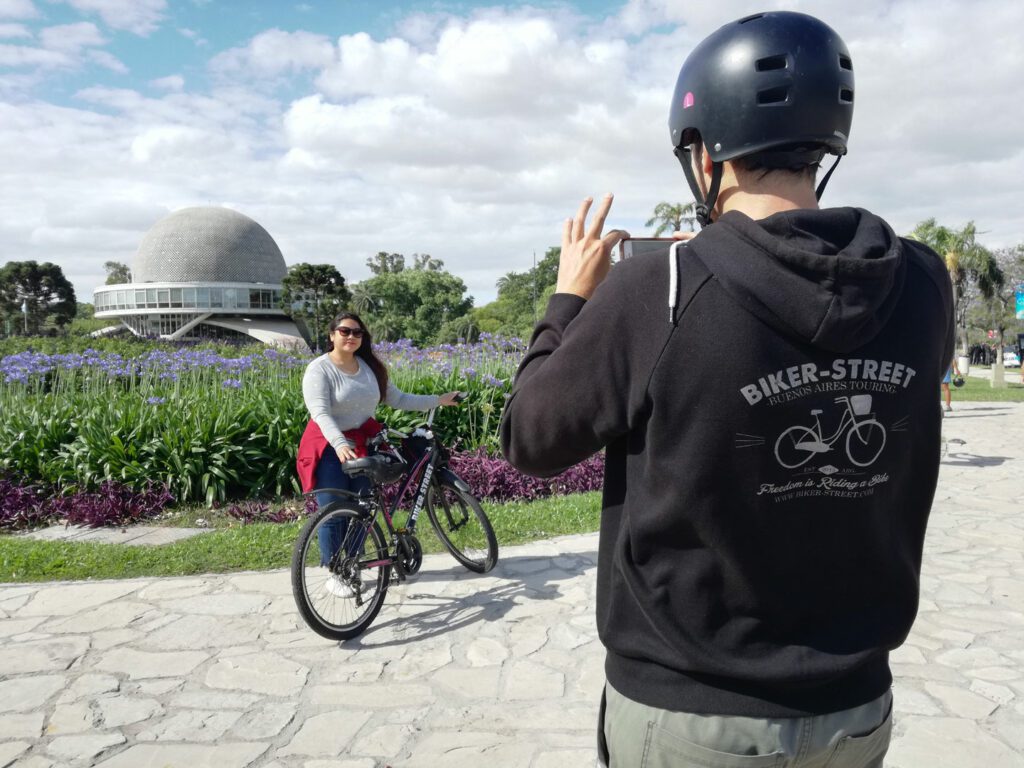
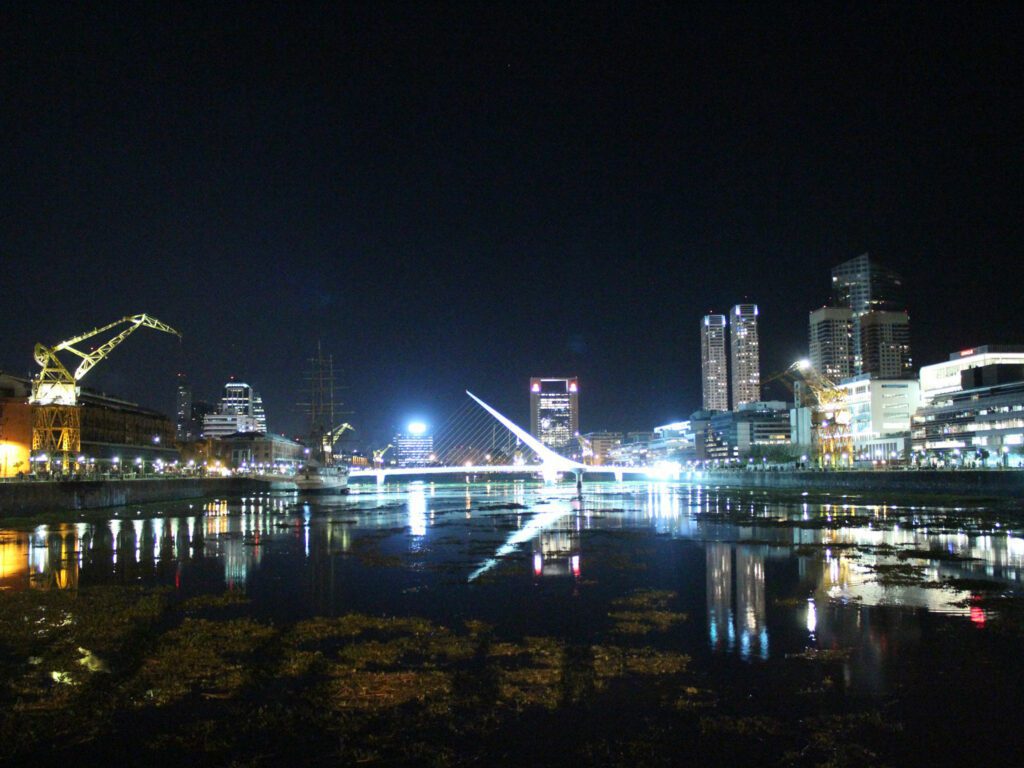


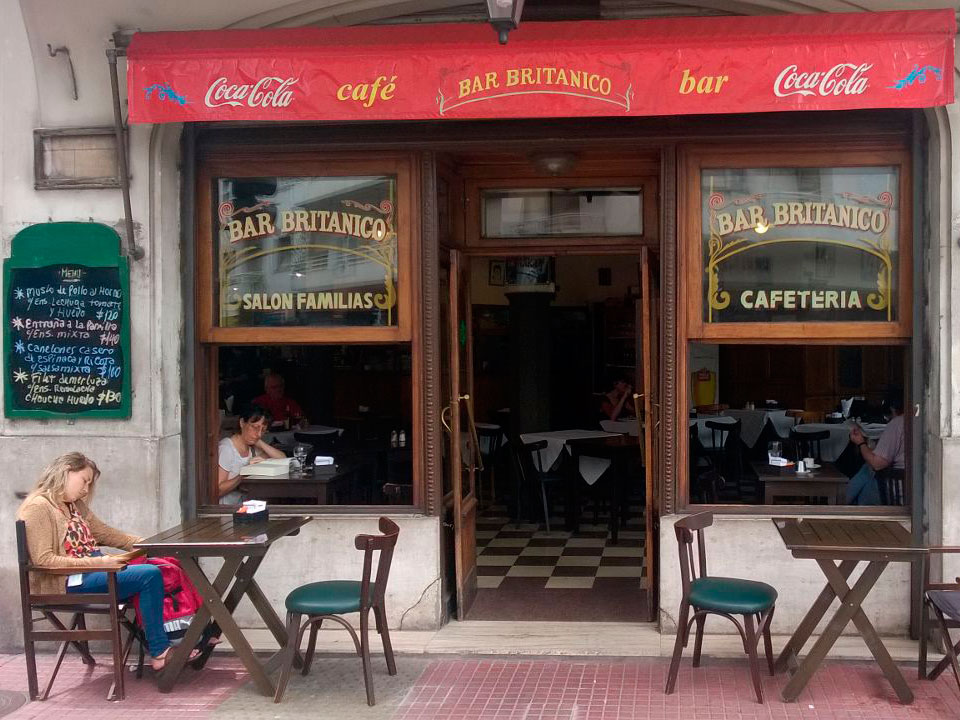
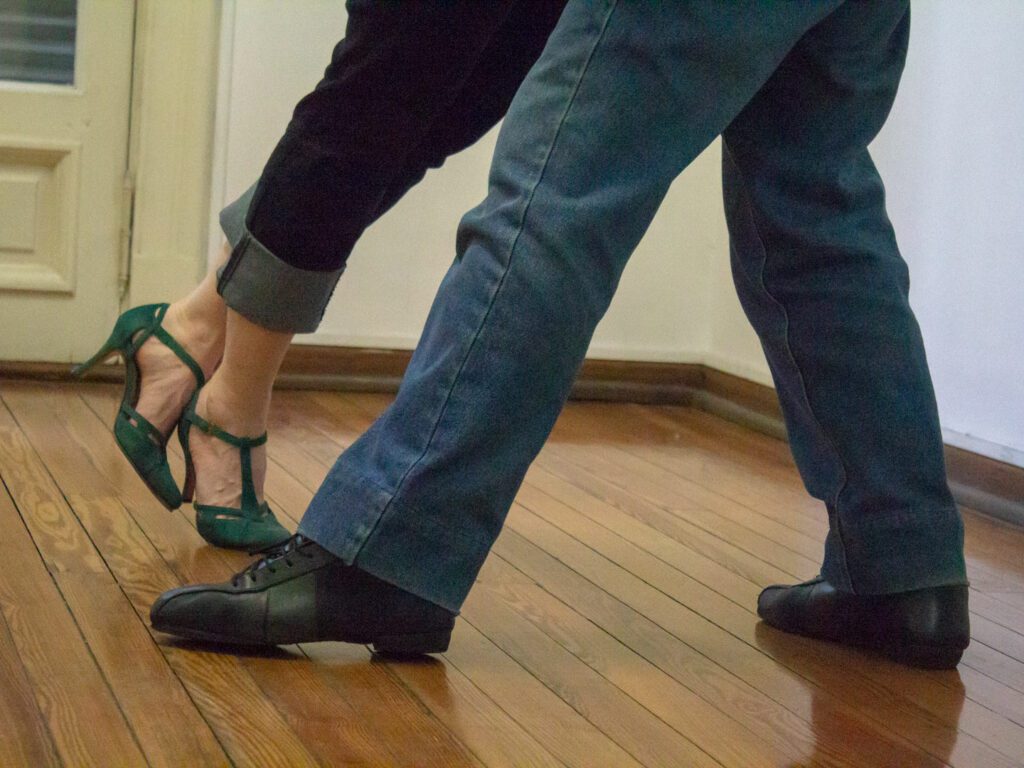

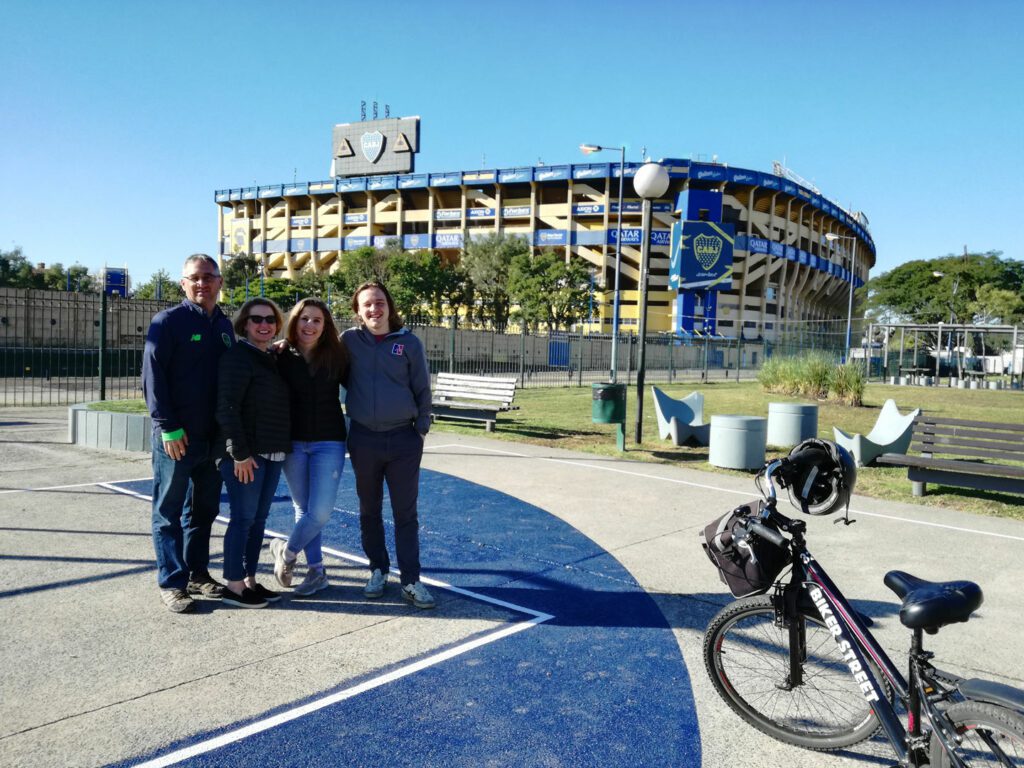















Visit the neighborhood of Recoleta, the top thing to do in Buenos Aires, and discover why it is called the Paris of South America.
Recoleta is traditionally one of the aristocratic neighborhoods in the city. That’s why you’ll find there lots of French style mansions that used to belong to Argentina’s richest families.
You could find a clear example of this on Avenida Alvear or Avenida Libertador. Full of monuments and majestic buildings, Libertador Av. is one of the most beautiful and colorful Avenues. It is really worth to go all over it, specially on a bike tour, for its comfortable and spacious bike path.
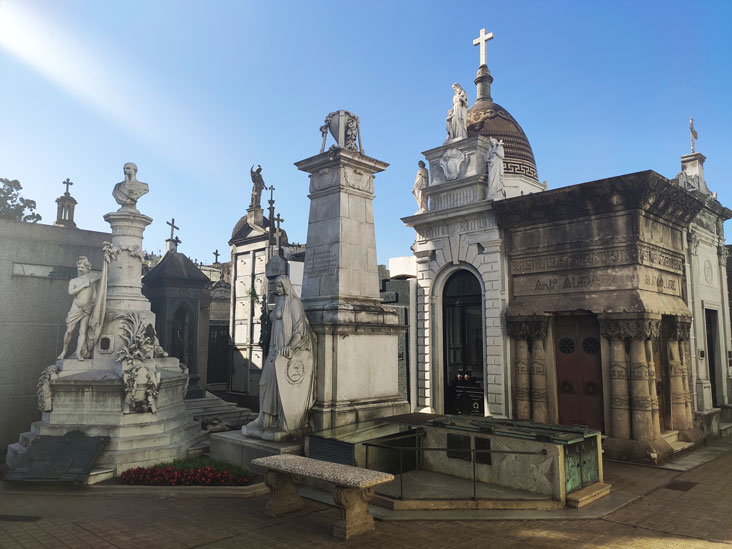
For sure, the most popular attraction in the barrio of Recoleta is its Cemetery. A resting place for heroes and transcendental characters in the history and politics of Argentina. Every tomb is a piece of art in itself, it’s impressive!
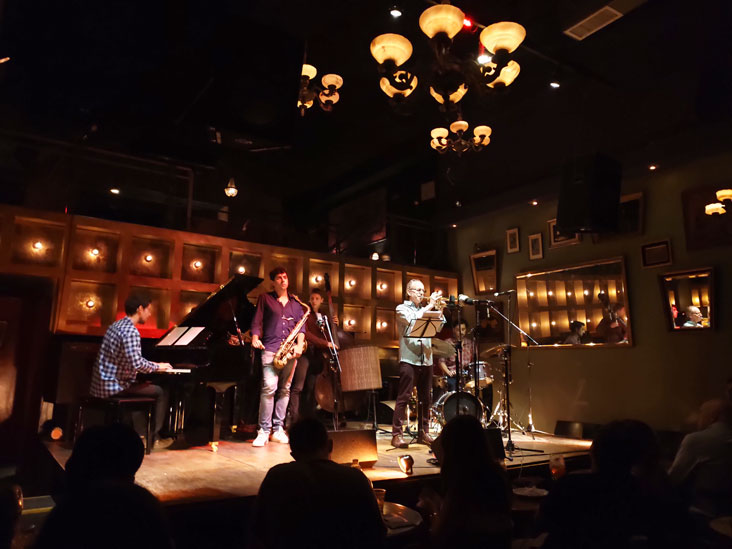
The surrounding areas of the cemetery are full of coffee shops, bars, restaurants and dance clubs. Recoleta also has a very busy nightlife. Besides, it’s a very popular area among tourists for the hotels and furnished apartments for rental.
Recoleta stands out for its wide green spaces, something that cannot be appreciated in many neighborhoods of the city. In one of these parks, next to the imposing building of the UBA Faculty of Law and in front of the National Library of Argentina, you will find the Floralis Generica, a brand-new icon of the city.

Plaza de Mayo is the place where the city of Buenos Aires was founded, but above all, it is the place where the most important political events in Argentine history took place.
From its origins it was the place of protests and celebrations, as for example the May Revolution in 1810 (it was the first step for the Declaration of Independence in 1816). After which the square was renamed; until then it was known as Plaza Mayor or Victory Square (because of the victory against the English troops in 1806 and in 1807).
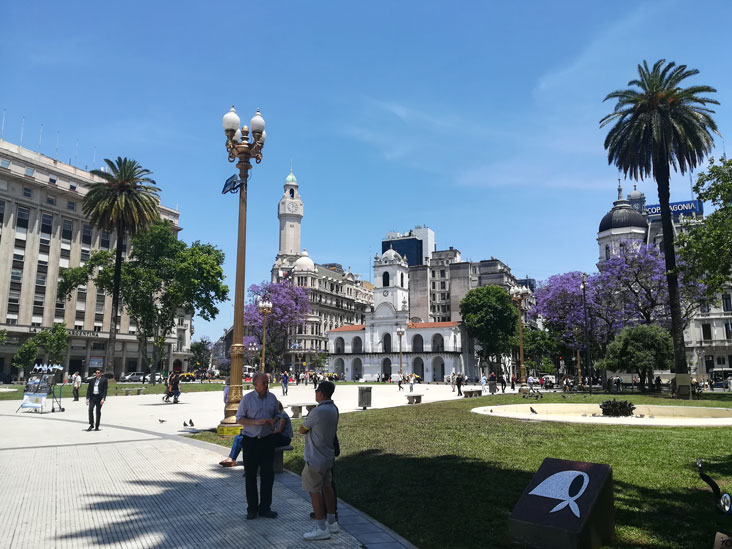
In the middle of the square, there is the monument of La Pirámide de Mayo, which was built for the celebrations of the first anniversary of the Revolution of May in 1811. It became internationally significant through the famous rounds of the Mothers of Plaza de Mayo, that have been taking place there since 1977. Another monument that stands out is Manuel Belgrano’s Memorial; he was the creator of the Argentine flag among other things.
In the surroundings of the Plaza de Mayo, the buildings of La Casa Rosada, La Catedral, El Cabildo and the Banco Nación Headquarters also stand out.

The square is located in what today we call the Microcentro Porteño, where all main economic and administrative activity of the country is concentrated. A few meters away from each other, we see the Government House, known as La Casa Rosada, the Ministry of Economy and Public Finances, the Central Bank of the Argentine Republic, the headquarters of the Bank of the Argentine Nation, many of the headquarters of the banks established in Argentina, etc.
The area is easily connected with the rest of the city through public transport, since 5 of the 6 subway lines that exist in the city arrive to the area, and 3 of them have their head station at Plaza De Mayo, from where they fan out.
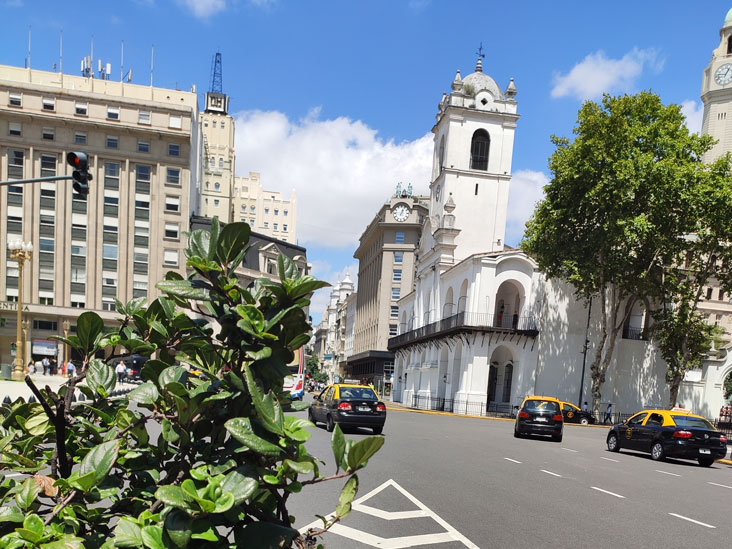
On Avenida de Mayo we find some of the oldest buildings in Buenos Aires and also the most beautiful ones. These emblematic buildings seem to take us to Paris streets, for their style and decoration. Also following the style of Paris streets, on May Avenue we find many cafes, among them the oldest in the city, the traditional Café Tortoni.
If you’re planning a visit to Plaza de Mayo, you should take into account that there may a demonstration that day, something very frequent in Buenos Aires. If there is a demonstration, you’d better change your plans, becaus it will most likely be impossible for you to get as close as 200 meters from the square. The area is much quieter as it is less crowded during the weekend, since all the activity takes place during the work week. From Monday to Friday, you will find not only tourists, but also many office workers and students, who go there in a traditional walk to study the Argentine History.

San Telmo area was one of the first barrios in the city of Buenos Aires. Its cobbled streets and old buildings give us an idea of how old the neighborhood is.
San Telmo, that used to shelter the most affluent classes in the city until the yellow fever epidemic, today is one of the most popular neighborhoods among tourists who visit the city. It was traditionally a neighborhood famous for its antique shops, and also for its street market that has been taking place every Sunday for almost 50 years already, today we may even find many hotels, bars, restaurants and nightclubs.
San Telmo Market is another attraction of the neighborhood. In a place that has been changing its style as time went by, we can discover today some food stalls, antique stalls and an incipient number of bars and restaurants.
Plaza Dorrego is the heart of San Telmo and one of the main night spots of the city. It is surrounded by bars busy throughout the day. On weekends there is a street market and there are often “tip based” tango dance shows.
Undoubtedly, San Telmo is a place of bustling nightlife, due to its great gastronomic offer and nightclubs. But it is also very nice to visit during the day in order to appreciate its architecture, which often takes back in time, more than 100 years.
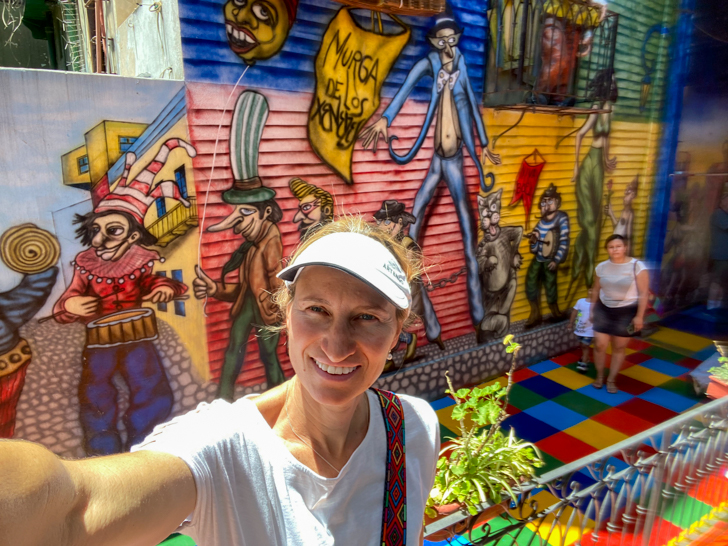
It is one of the oldest barrios in the city and a place you must visit in Buenos Aires. There runner one of the first ports of Buenos Aires. Actually, La Boca owes its name to the fact that the place where the Rio de la Plata meets the Riachuelo shapes a kind of mouth of the river. A natural port itself.
This was the place of arrival and shelter of the great migratory currents that came from Europe. Arriving mainly from southern Italy, these immigrants came with the “American dream” in mind.

La Boca is one of the most attractive areas for tourists, just because of the simplicity of its buildings, known as conventillos. And of course, for the legendary Boca Juniors football stadium, known as “La Bombonera”.
The original houses of the neighborhood are very colorful. Nowadays, it’s a tradition maintained in order to keep the neighborhood identity. However, they were initially painted with many colors because of a need, since all those different paintings were the leftovers from the port industry.
Of course, when talking about La Boca, we must inevitably mention Caminito, that little corner of La Boca area, very colorful and faithful reflection of the neighborhood. A painting street market takes place there every day, during the morning and also in the afternoon. At Caminito we find a great gastronomic offer and a few street tango shows can be seen. Clearly this is the most tourist appealing part of the area.
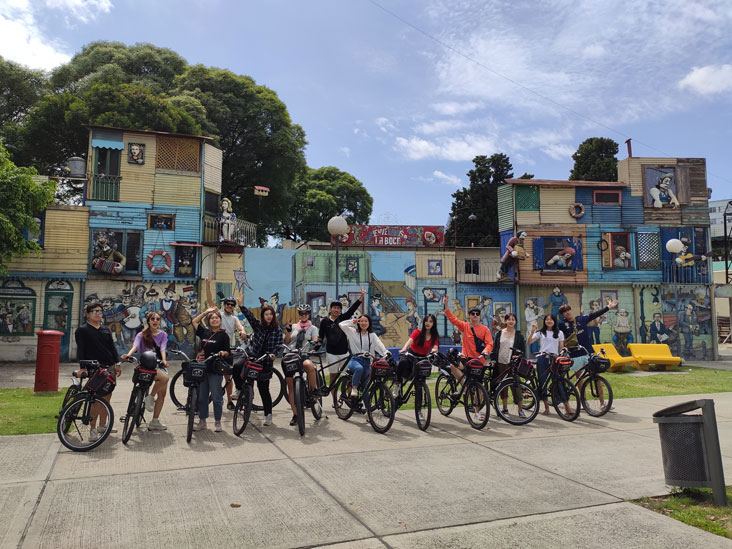
La Boca is not a place we recommend visiting when the sun goes down, or walking outside the tourist circuit. It is a working-class neighborhood, but it is also used as a refuge by delinquents, who find in tourists an easy prey to commit an illicit act.
Nor do we recommend visiting the neighborhood on a match day at the Boca Juniors stadium, as it is very crowded and the pick pockets could take advantage of the crowd to hide themselves after committing illicit acts.

Palermo area, which was historically divided into Palermo Chico and Palermo Viejo, today is fragmented in more and more districts called by unusual and even funny names such as Palermo Soho, Palermo Hollywood, Palermo Freud and Palermo Queens. Besides, as a consequence of the growth of the area, the prices of properties have increased monstrously in the last decade.
Palermo encloses one of the most extensive green areas of Buenos Aires, a set of parks that make up the Bosques de Palermo. A highly recommended place to take a bike tour, to visit its lakes, and the futuristic building of the Planetario.
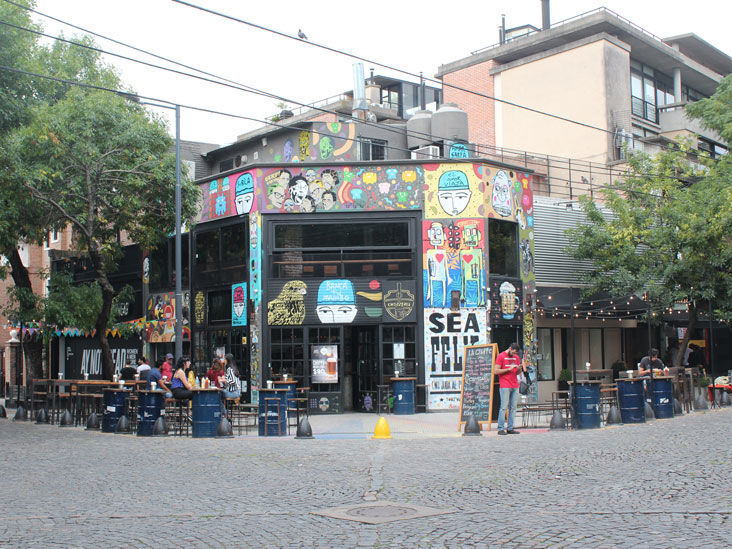
In the neighborhood of Palermo, where all kinds of workshops have traditionally operated, we could find today many clothing stores, bars, restaurants and nightclubs. Like San Telmo, Palermo is another place of bustling nightlife. In the surroundings of the squares that are popularly known as Plaza Serrano and Plaza Armenia, a large gastronomic offer is concentrated.

Puerto Madero is the newest district in Buenos Aires City. In the place where the first port of the city operated, then abandoned for almost 60 years, the barrio of Puerto Madero has been built in the 90’s. The most interesting and striking thing of the area, is that it was decided to keep the port spirit in its design. It frequently brings back memories of the Thames River banks in London, and truth is it shouldn’t be a surprise, since many of the construction materials of the port were brought from Europe, and emulating the British style.
One of the first big investors to arrive to Puerto Madero, and therefore one of its promoters, was the Hilton Hotel. This confirmed what would be the destiny of the area, which is today one of the most expensive neighborhoods in Latin America. There are no more spaces available for any new building. When you walk through the streets of Puerto Madero, you get to feel overwhelmed by the modernity and height of its skyscrapers.
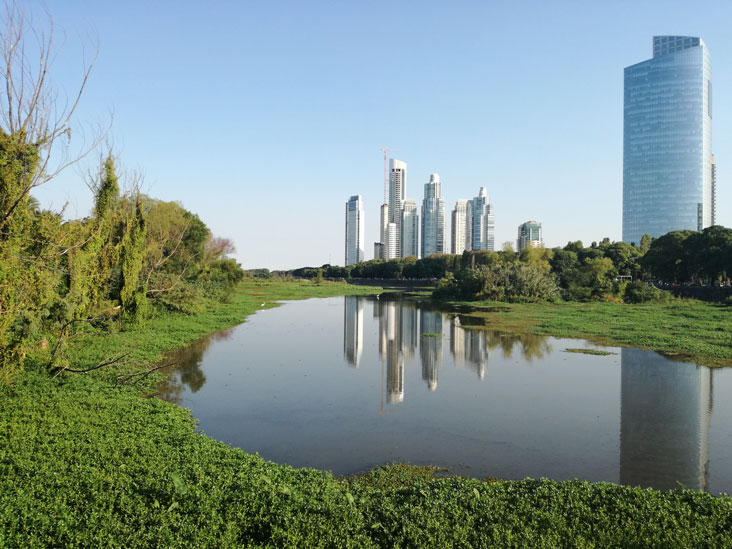
Puerto Madero is also known for its wide streets and parks. The Costanera Sur esplanade is also inside the neighborhood. There you will not only find a statue of Messi, but also many food trucks that will tempt you to eat a choripan.
The neighborhood is very quiet during weekdays, but quite the opposite during the weekend, since it is one of the favorite places to wander around for the porteños. A walk or a bit of exercise around the dokes, could be very relaxing.

Buenos Aires has found its identity through all its multicultural influence and food is delicious! We have some recomendations, because eating is one of the most important things to do in Buenos Aires.

One of the most consumed dishes is pizza, with plenty of cheese, and it could always be accompanied by a portion of faina. Usually, at the same pizzerias, empanadas are also sold. And don’t forget they are something you cannot miss.
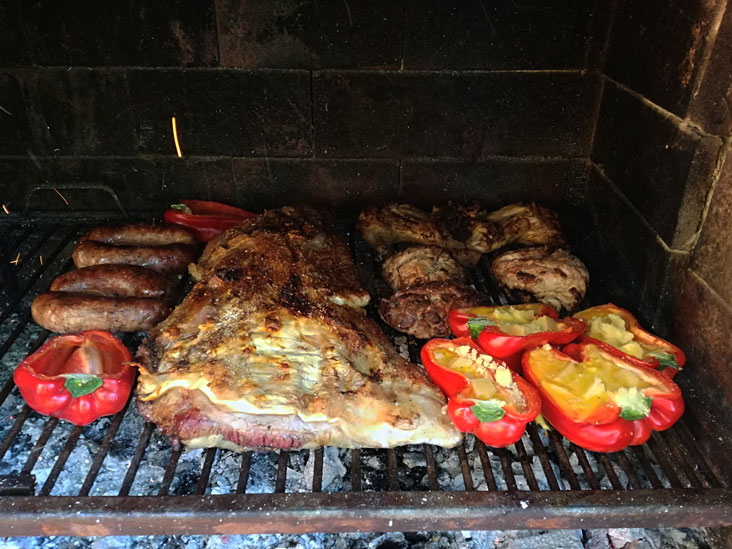
Of course, the asado is another favorite of the porteños. If you visit a parrilla, the first thing you have to order is a provoleta (a provolone cheese, crispy on the outside and melted on the inside). In a proper asado, we always combine different meat cuts such as: asado de tira, vacío, entraña and bife de chorizo. The achuras (which are the guts of the cow) must also be there, especially chinchulines and sweetbreads.
The choripan is our fast food criollo, you will find these chorizo sandwiches in many points of the city, generally in street stalls or food trucks. Do not forget to add a little chimichurry sauce to your choripan! Another very traditional dish is the “Milanesa”, which can be offered in a sandwich as a fast food, as well as on a plate, and it is delicious in any way.

Regarding dessert, we have many classics, such as postre vigilante, a quince cheese or sweet potato candy portion, accompanied with a fresh cheese slice. The flan (sort of crème caramel) with whipped cream and dulce de leche is another classic (yes, you will find dulce de leche everywhere). And last but not least, ice cream is particularly delicious in Buenos Aires, specially when it comes from small heladerías (ice cream shops).
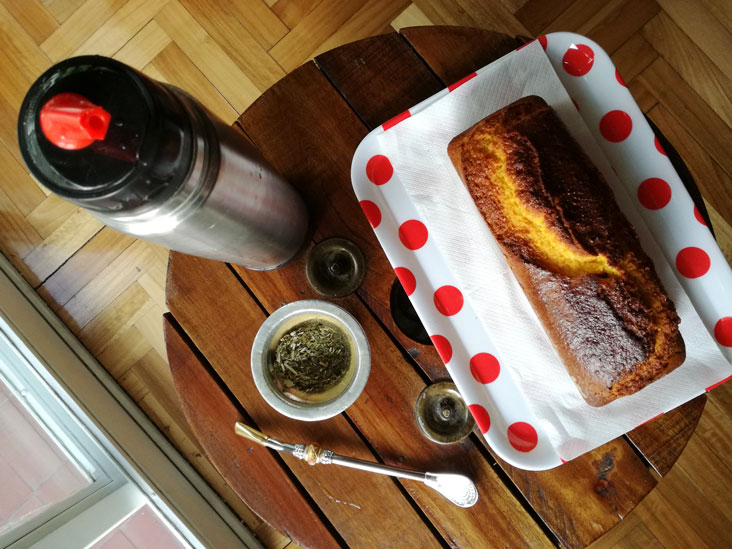
This may be bad news for you, during the evening, restaurants open late in Buenos Aires, the porteños usually have dinner after 9pm … but do not worry, there is the merienda, a meal between lunch and dinner. We would recommend you to have a few mates (it is a kind of tea, not a dring you get in a restaurant, therefore you’ll have to make your own set) accompanied with facturas, which of course can also come with dulce de leche.
Certainly, when we talk about beverages, the most important one is Malbec wine, although among young people craft beer is very fashionable. And another typical one is fernet with coke.

It is said that Buenos Aires is the cultural capital of South America.
The Teatro Colón is a proof of that. Due to the great acoustics of its concert hall, this imposing architectural work is considered one of the best 5 opera houses in the world! It is only comparable with the music halls of the Scala Theatre in Milan, the Metropolitan Opera House in New York, the Vienna State Opera or the Paris Opera.
The city also offers a variety of Museums. And what makes it more interesting is that many of them are for free. There are museums of all kinds, with permanent or itinerant exhibitions.
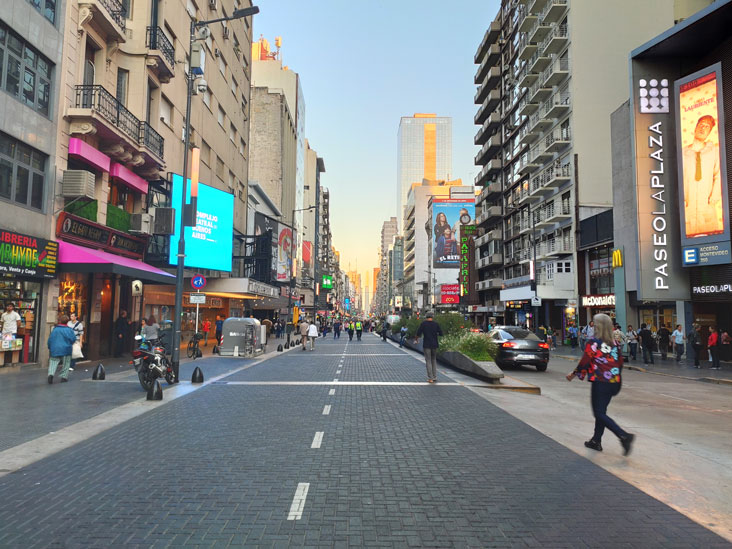
The culture is experienced on the streets. While walking we will run into millions of graffiti, some of them true works of art. There are street art circuits, for example in the neighborhood of Colegiales / Palermo or in San Telmo. You can spend the whole day touring and appreciating these murals.
It is said Buenos Aires is the city with the largest number of bookstores per capita in the world! If we walk along Corrientes Avenue, between the Obelisco and Callao Av., not only we will find tons of theaters and cinemas but also lots of bookstores. Many of them are open late at the night; in fact, Corrientes Av. is known as “the street that never sleeps”. A bookstore in the city that undoubtedly stands out from the others, is “El Ateneo” bookstore that is placed where the “Grand Splendid” theater had once opened its doors. This is a mandatory visit if you are in the city, you will be dazzled with this building. And you could take a cup of coffee on the old stage!

Bares Notables are a list of traditional bars and coffee shops in the city, which are protected by law for their history and cultural contribution to the city life. So there always has to be a bar at those locations.
They must keep the facade of the building as it looks and can not modify the internal structure. Visiting them is a bit of a trip back in time, since everything is preserved in the same way it used to look like many decades ago. An unforgettable experience for those who want to experience Buenos Aires culture.
The menu of these bars is rather wide, usually including sandwiches, pasta, meat, salads, croissants, cakes, tea, coffee, etc.
These bars have hundreds of stories related to the political and intellectual life of Buenos Aires to tell. They have always been a meeting point for artists and a place for discussion and exchange of ideas for politicians.
The greatest porteño writers, generally spent and spend much of their days writing their stories in one of these bars.

Buenos Aires is characterized by its wide range of evening activities, not only during the weekend, you can actually also find open boliches on any day of the week.
First of all, it is important to point out that Buenos Aires night life “starts” rather late. Boliches open their doors at 1 am, but if you go by that time you will probably be the only one there, as the evening sets in around 3am.
What to do in Buenos Aires until 3 am? The previa, of course! Friends would meet in a bar or at someone’s house, ready to start drinking, to discuss what will be done that evening, to chat and then to finally go to the boliche!
In the neighborhoods of Palermo and San Telmo, we find the largest concentration of nightclubs and bars. These are areas with nightly activity every day of the week. Of course, there are the most “classic” clubs that open their doors only on Friday and Saturday nights. There are clubs with all kinds of music: cumbia, reggaeton, rock, pop, hip hop, salsa, methal, dark music, etc.

As we mentioned, there are many clubs that open their doors during the week. Inside them you would’t not realize what day or time it is. And although there are many porteños at these places, they do not seem to worry of consider the they’ll have to go to work at their offices on the day after …
On weekdays there are also many after office bars. They are bars or clubs that open their doors after 6.30 pm for those who have just left the office and would like to go for a drink and dance for a while. They usually open until 1 am or 2 am.
Milongas deserve a separate chapter. They are a sort of tango dancing night clubs. While they have always been more than a classic in Buenos Aires City, during the past few years, they have largely increased in number. To the interest shown by visitors from abroad, we should also add the new generations who are readopting the tango dance.
Visiting a milonga is a very good opportunity for those who want to really experience the tango spirit of Buenos Aires and get away a bit from the overdone shows for tourists. Many milongas offer live tango orchestras and tango dancing classes, so if you never danced tango, you can go to take a tango class, learn the basic steps and then stay dancing at the milonga.
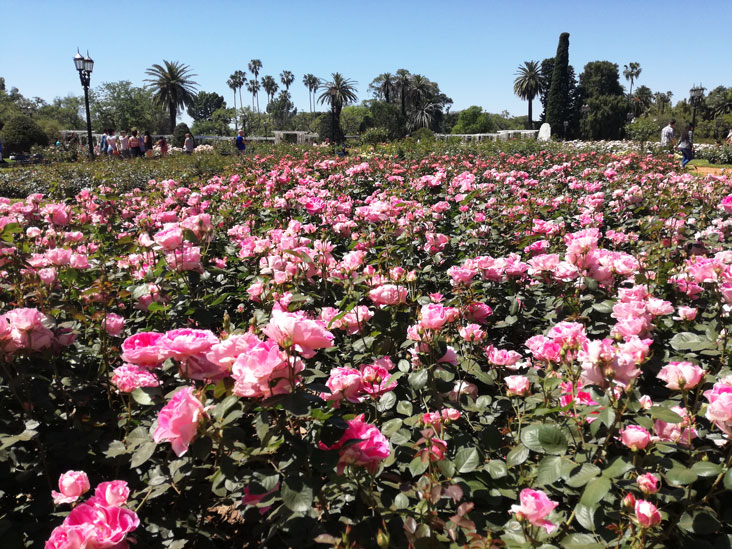
If we look at a map of Buenos Aires, we see that from north to south, next to the Río de la Plata, a large green cord extends. So, from Costanera Norte, crossing the Bosques de Palermo and up to the Ecological Reserve in the south.
The truth is that all these green spaces are highly recommended to be visited in Buenos Aires, especially the gardens such as the Rose Garden or the Botanical Garden, both in the heart of Palermo neighborhood, and at a distance that can be done walking between one and the other.
When you visit Puerto Madero, take the opportunity to visit its parks, just behind the docks. They are very modern, with a leafy grove and even flowered gardens.
The Reserva Ecologica Costanera Sur is an oasis in the city of Buenos Aires. A few minutes from downtown and the porteña maelstrom, you will find this green space, where a few years ago came the Rio de la Plata and today is one of the lungs of the city. Perhaps the best is to visit it by bicycle, and get to where the coast of the river moved, there you will find a park, very well equipped with tables and bathrooms, and you will surely be tempted to take some mates there.

Futbol is a passion for Argentines, you could almost say a religion.
Before the game starts, the fans begin to sing different songs, often following the same rhythm of a popular song, modifying the lyrics in order to refer to the team.
When the team finally arrives to the field, there is a lot of euphoria and joy, and often includes fireworks or a confetti rain are included.
Of course the moment of greatest excitment arrives when the team scores a goal, and you could even feel the stadium vibrate (literally).
In the city of Buenos Aires, only 6 football clubs play in the first division of the league, and each has its own stadium: River Plate, San Lorenzo, Argentinos Juniors, Huracán, Boca Juniors and Vélez Sarsfield.
The most popular teams are, nationally or internationnally, River Plate and Boca Juniors.
Without any doubt, going to see a match of one of these 2 teams, playing in their stadium, is an unforgettable experience. It does not matter if the game is entertaining or not, the experience is lived on the stands.
Unfortunately, due to the acts of violence that occurred between the barrabravas of the different teams, the supporters of the visiting club are not allowed in the local tournaments.
There are many control systems, so getting a ticket to watch a game often becomes an odyssey.
It is not advisable to approach the stadium on the day of the match to get resale tickets there, since they are usually fake. So you would end up being cheated and not even see the match. Nor is it a very safe place for tourists around the stadiums on a game day.
Maybe the best option is to hire one of those “footbal experience” tours, as long as they have good recommendations. They often include not only the tickets, but also the transfer to the stadium.

This places, known vulgarly as “Telos”, are spread all over Buenos Aires City. These paid per hour hotels are exclusively dedicated to lovers.
These places are very easy to identify. Apart from the sign that says “Albergue Transitorio” their facades are very typical. The entrance is usually covered by lush trees, its doors are mirrored so that noone could be from the outside, and from the outside you cannot see the cars that are parked there either.
The rooms are specifically designed to have sex: decoration and music simply point to this. Many mirrors are distributed in the room, and even on the roof! Of course, the rooms also have a television where you can watch XXX channels.
The cheapest telos only have one bed, but there others with much more production, of course, the more expensive are more eccentric. There are those telos that recreate in their rooms a jungle or Roman ruins or spaceships or an office, whatever is necessary for your fantasy. Some also have a jacuzzi or even a private pool.
Usually these rooms are rented by 2 hour shifts, and also offer the possibility of spending the night there, as long as you’re willing to pay for it.
As you can imagine, the rush hour of these hotels is Friday and Saturday night, where many times you have to wait for a room to be released. In ‘telos’ that are located in downtown areas, they are also very popular at lunchtime or at the end of the workday, around 6pm.
Of course, if you would like to visit some of these “telos”, following the 13° recommendation of the things to do in Buenos Aires, you’ll need someone else to join you 😛

Explore La Boca’s vibrant streets, tango culture, and famous landmarks like Caminito and La Bombonera. Visit safely with our tips for a memorable experience.
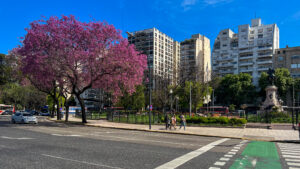
Discover Palermo, Buenos Aires’ coolest neighborhood. Explore lush parks, vibrant street art, trendy cafes, and a thriving food scene in this dynamic area.
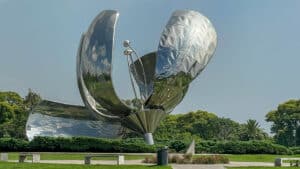
🧐 Discover the latest updates 🔝 on Dolar Blue 2024 💸 Navigate currency changes 🤪 in Argentina 🇦🇷 with essential insights ✔️ for savvy travelers ✈️ 🤑
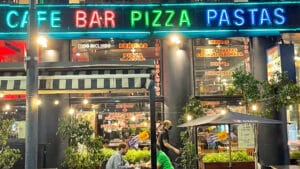
Exploring Buenos Aires’ Food Scene When it comes to food, Buenos Aires is a treasure trove of flavors waiting to be discovered. With a rich

Discover Buenos Aires 🇦🇷 through its vibrant seasons 🌸 Plan your visit 📆 for the perfect weather 😎 and unforgettable events 🤯 in this dynamic city ✨
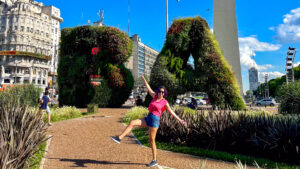
🤠 Explore iconic landmarks, markets, parks, & cultural treasures. Uncover hidden gems 💎 in BA beyond our bike tours. Enhance your journey with Biker Street 🔝